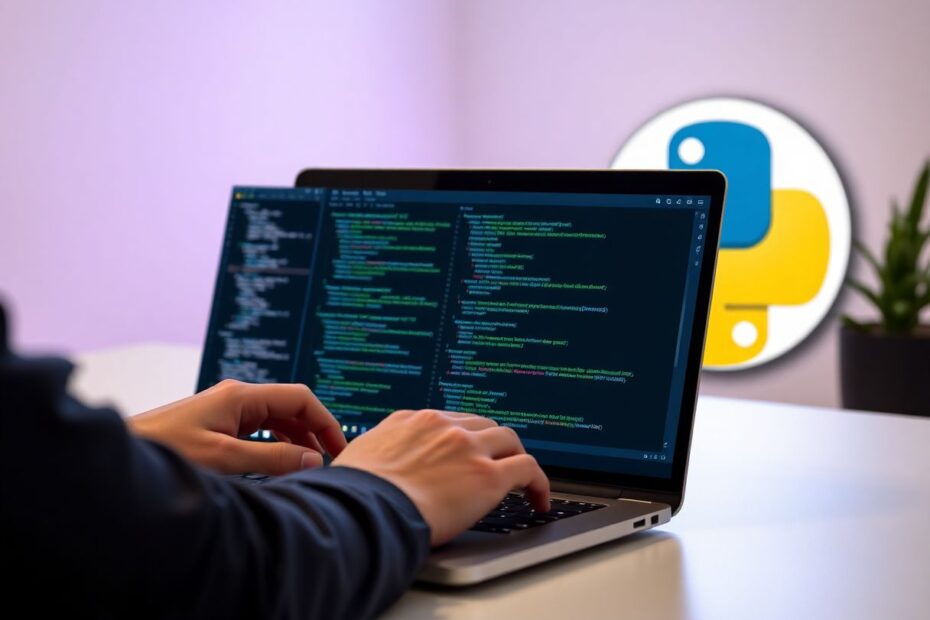In the ever-evolving landscape of software development, encountering errors is par for the course. One particularly vexing issue that has plagued many developers, especially those working on macOS systems, is the dreaded "zsh: command not found: python" error. This comprehensive guide will not only help you vanquish this error but also equip you with the knowledge to create a robust and efficient Python development environment within ZSH.
Understanding the Root Cause
Before diving into solutions, it's crucial to understand why this error occurs. The "command not found" error in ZSH typically stems from one of three main issues:
- Python is not installed on your system
- Python is installed but not in your system's PATH
- Your ZSH configuration is not properly set up to recognize Python
It's worth noting that with macOS Monterey (version 12.3) and later, Apple removed the built-in Python 2 installation, which has led to an increase in these types of errors for many users. This change, while necessary for progress, has caught many developers off guard.
Verifying and Installing Python
The first step in troubleshooting is to confirm whether Python is actually installed on your system. Open your terminal and run the command python --version. If you see a version number, you're in luck – Python is installed. If not, it's time to install Python.
For macOS users, there are several methods to install Python:
- Using Homebrew: Run
brew install python - Official Python Installer: Download from python.org
- Using Pyenv: For managing multiple Python versions
After installation, always verify by running python --version again.
Adding Python to Your PATH
If Python is installed but ZSH can't find it, you need to add it to your PATH. This is a common issue, especially for those new to command-line interfaces. To do this, open your .zshrc file with a text editor (e.g., nano ~/.zshrc) and add the line export PATH="/usr/local/bin:$PATH" at the end. Save the file, then reload your ZSH configuration with source ~/.zshrc.
Creating an Alias in ZSH
Sometimes, even with Python in your PATH, ZSH might not recognize the python command. In this case, creating an alias can be a lifesaver. Add the line alias python=/usr/local/bin/python3 to your .zshrc file. This tells ZSH to use the specified Python installation whenever you type python.
Leveraging Pyenv for Version Management
For developers working with multiple Python versions, Pyenv is an indispensable tool. It allows you to switch between different Python versions seamlessly. Install Pyenv using Homebrew, then add it to your .zshrc file. With Pyenv, you can install and manage multiple Python versions without conflicts.
Debugging PATH Issues
If you're still facing issues, it's time to dig deeper into your PATH. Use commands like echo $PATH to print your current PATH and which python3 to check where Python is installed. Ensure the Python directory is in your PATH, and if not, add it manually in your .zshrc file.
Best Practices for Python Environment Management
To maintain a clean and efficient Python development environment, consider these best practices:
- Use virtual environments to isolate project dependencies
- Keep Python updated regularly
- Utilize version control systems like Git
- Document your setup for easy troubleshooting
Advanced ZSH Configuration for Python Developers
For Python developers looking to supercharge their ZSH experience, there are several advanced configurations to consider. Auto-activation of virtual environments, Python-specific aliases, and ZSH plugins for Python development can significantly enhance your workflow.
For instance, you can add a function to your .zshrc that automatically activates virtual environments when you enter a directory. Creating aliases for common Python tasks like running tests or upgrading pip packages can save time and keystrokes.
ZSH plugins such as virtualenv, pip, and python can provide additional functionality and information in your prompt. These can be easily added if you're using a framework like Oh My Zsh.
Troubleshooting Common Python-Related ZSH Issues
Even after fixing the initial "command not found" error, you might encounter other Python-related issues in ZSH. Common problems include confusion between Python 2 and Python 3, pip not being found, and conflicting Python versions.
To address these, you can create specific aliases for different Python versions, ensure pip is installed and in your PATH, and use Pyenv to manage multiple Python versions effectively.
The Future of Python in ZSH
Looking ahead, we can expect the relationship between Python and ZSH to continue evolving. Trends suggest increased integration between ZSH and Python development tools, potentially incorporating AI-assisted coding features. We might see more sophisticated version management tools and better integration with cloud-based Python development environments.
As the Python ecosystem grows and changes, staying informed about best practices and new tools will be crucial for developers. The future may bring even more seamless workflows, with ZSH adapting to provide enhanced support for Python development.
Conclusion: Empowering Your Python Development in ZSH
Mastering the intricacies of Python development within the ZSH environment is a journey that pays dividends in productivity and reduced frustration. By understanding the causes of common errors, implementing robust solutions, and adopting best practices, you're setting yourself up for success in your Python endeavors.
Remember, a well-configured development environment is the foundation of efficient coding. Whether you're a newcomer to Python or a seasoned developer, taking the time to optimize your ZSH setup will serve you well in the long run.
As you continue your Python journey, keep exploring new tools and techniques. The world of software development is constantly evolving, and staying curious is key to growth. With your newly optimized ZSH environment, you're well-equipped to tackle complex projects and push the boundaries of what's possible with Python.
May your code be bug-free, your deployments smooth, and your Python adventures in ZSH be endlessly rewarding. Happy coding!
